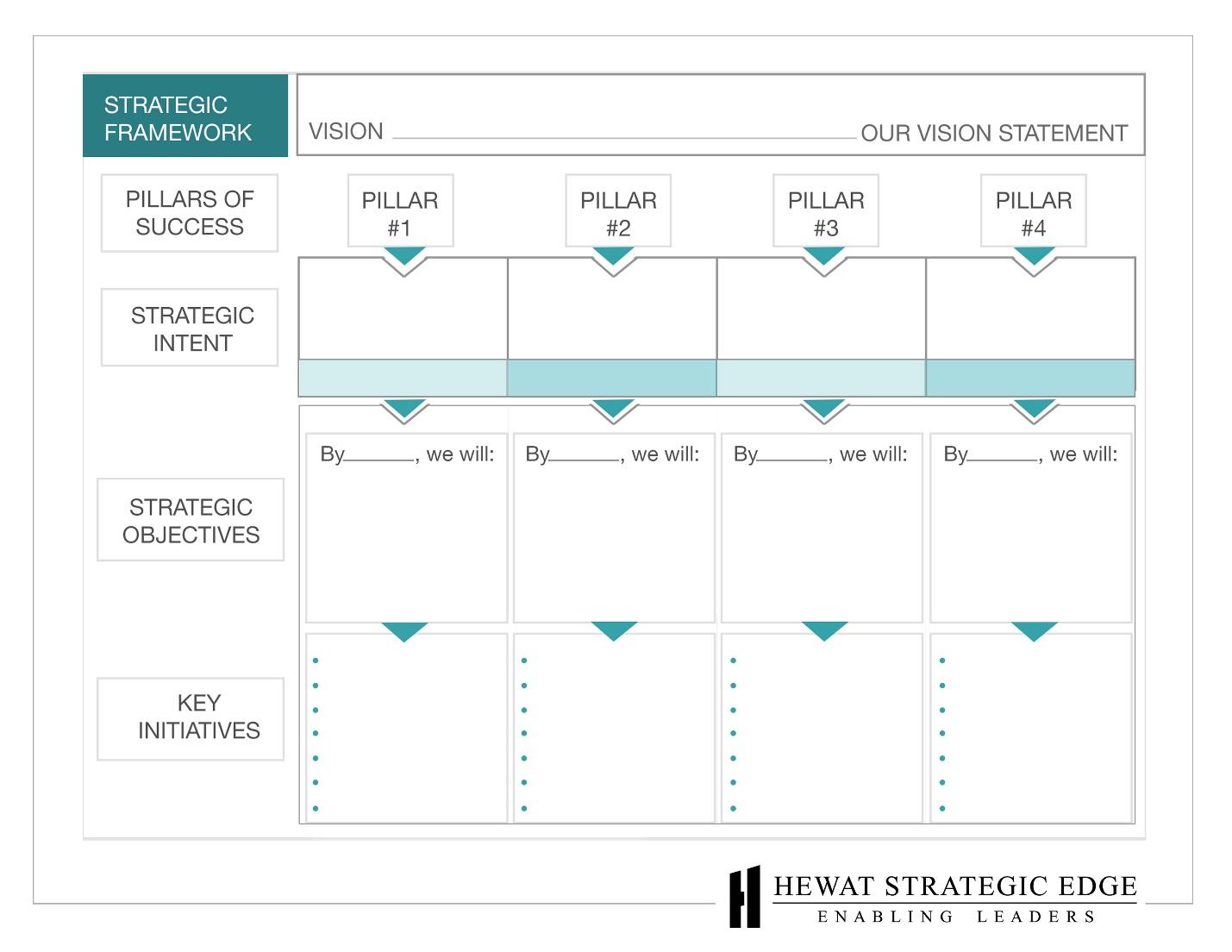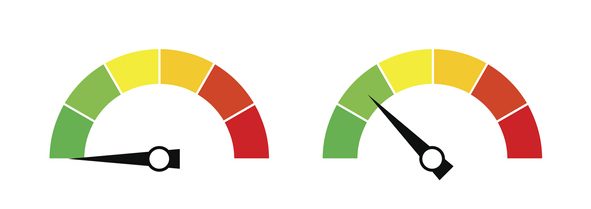In our facilitation and consulting practice we enable clients to build Strategic Frameworks. These multi-year plans include a Vision Statement, Pillars of Success, Strategic Objectives, Measures and Key Initiatives. It is important to differentiate Strategic Objectives, which are long-term, comprehensive and measurable outcomes, from Measures, which are the subject of this article.

Measures – A Touchstone for Decision-Making.
In order for a Strategic Framework to be a touchstone for decision-making, it needs to be able to assist in tracking results and helping to decide on the need for corrective actions. The Measures are the vehicles to do this. They are often called Key Performance Indicators (KPI’s). The Measures or (KPI’s) that are selected for each Pillar of Success are types of data that a company can track, and which provide indications of progress or lack of progress, on the attainment of specific Strategic Objectives.
Examples of Measures, or Key Performance Indicators (KPI’s)
For example, if a company has an aggressive Strategic Objective centered on the achievement of product quality, it may use sales returns and/or warranty expense as measures that reflect the ongoing status of product quality. If a company was focussing on achieving an ambitious Strategic Objective related to service quality, the measures might be customer service ratings and/or the number of (bad) escalations. If a company was focusing on employee-related measures, they might track the employee turnover rate and/or internal promotions vs. external hires.
Choose the right Measures
The challenge is to use the right measures; ones that truly reflect on the specific performance the company is planning to achieve. They need to be aligned to specific Strategic Objectives and the data must be available.
Today, there are many software programs that help companies create a visual dashboard of selected Measures. A dashboard provides a simple but powerful way of reviewing visual summarized data. The dashboard becomes a singularly important management tool. It alerts management to stubborn problems. It informs management when progress is being achieved. It becomes the grist for identifying high priority processes that need to be improved. It becomes the basis to decide when success can be celebrated.
Measures should be tracked, reported on and communicated across the entire organization. They form the basis of short-term review processes.
Selecting the dashboard is important. Your organization may already have a sophisticated enterprise management system, with a dashboard already in use. Others might need to acquire a dashboard capability, but have it linked to your company’s information systems.
Alignment of the Strategic Framework
The power of a Strategic Framework is the alignment of the Vision Statement, Pillars of Success, Strategic Objectives, Measures and Key Initiatives. It is pointless to have a dashboard that is not focussed on achieving the Vision you have set for yourself. So, make sure the Measures are established before getting fixated on the software solution that will be employed.
Measures are an important element of a Strategic Framework. Why? Because that which gets measured gets done.

